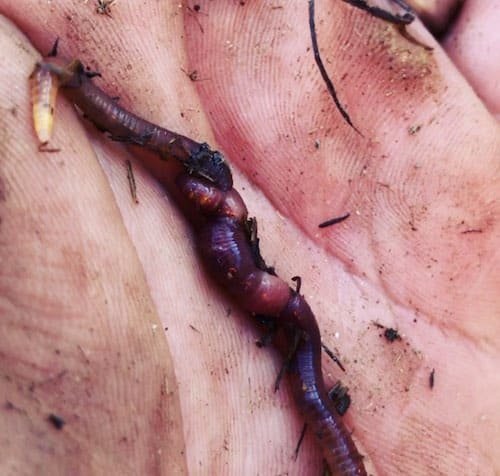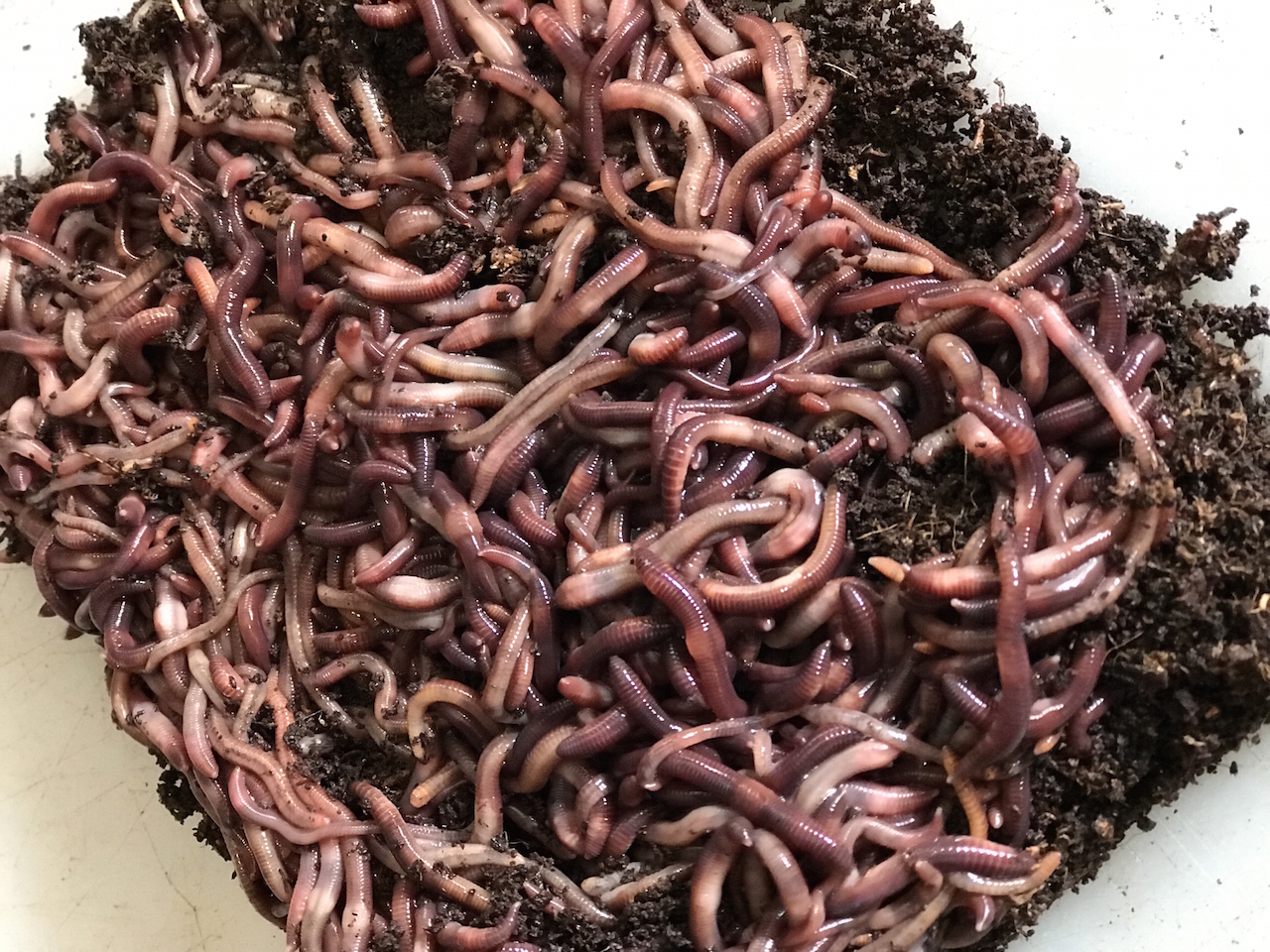Red Wigglers: The Unsung Heroes of Organic Waste Recycling
Red wigglers, or Eisenia fetida, function as vital agents in the organic waste reusing procedure, transforming discarded materials into important vermicompost. Their effective break down of raw material not only enhances soil quality yet likewise adds to lasting waste administration methods. As the world progressively seeks services to fight waste build-up and improve agricultural performance, recognizing the function of these worms ends up being crucial. What devices permit them to prosper in compost environments, and how can they be effectively made use of in both household and business settings? Exploring these inquiries discloses the wider implications of vermicomposting in our ecological landscape.
What Are Red Wigglers?
The amazing resilience of red wigglers, medically referred to as Eisenia fetida, underscores their crucial duty in organic waste recycling. These little, reddish-brown earthworms are commonly located in decomposing raw material, such as compost heap and manure loads. Lake Hickory Bait. Unlike other earthworm species, red wigglers grow in nutrient-rich atmospheres and are extremely reliable at breaking down organic products, making them necessary for vermicomposting

(Lake Hickory Bait)In addition to their role in waste decrease, red wigglers add to soil health by boosting soil structure and oygenation via their delving activities (Lake Hickory Bait). Their visibility in composting systems not just improves disintegration rates but likewise promotes a lasting method to throw away management, illustrating their value in environmental preservation initiatives
Advantages of Composting With Worms
Composting with worms, particularly red wigglers, uses many advantages that improve both waste management and dirt health and wellness. These worms efficiently damage down natural waste, converting it into nutrient-rich vermicompost that improves dirt. This procedure accelerates decay, permitting a quicker recycling of cooking area scraps and various other organic products contrasted to standard composting methods.
In addition, the vermicompost created by red wigglers is bristling with useful microorganisms, which aid improve dirt structure, oygenation, and moisture retention. This boosts the overall health and wellness of plants, advertising vigorous growth and boosted returns in yards and farming settings. Furthermore, making use of worms in composting minimizes the production of greenhouse gases, such as methane, adding to a much more sustainable waste administration system.

How to Begin Vermicomposting
Establishing a vermicomposting system is an uncomplicated procedure that can generate significant benefits for both waste administration and soil enrichment. To begin, select an appropriate container, such as a plastic container or wood box, with sufficient air flow holes to ensure proper air movement. The dimensions need to ideally be around 2 about his feet by 3 feet, enabling adequate space for the worms to flourish.
Next, prepare bedding product, which can contain shredded paper, cardboard, or coconut coir. This bed linen must be dampened to create a suitable environment for the worms. As soon as the bed linen is in place, present red wigglers (Eisenia fetida) into the bin, commonly around one extra pound of worms for every square foot of surface.
Following the positioning of worms, add natural waste, such as fruit and vegetable scraps, coffee grounds, and crushed eggshells. With these actions, you will properly launch a vermicomposting system that adds to lasting waste monitoring and enriches your soil.
Preserving a Healthy And Balanced Worm Bin
(Lake Hickory Bait)Maintaining a worm bin flourishing needs regular interest and care to make certain the wellness of the red wigglers and the performance of the composting procedure. Proper maintenance starts with keeping an eye on the moisture levels; the container must perspire yet not waterlogged. An excellent guideline is to preserve a consistency similar to a wrung-out sponge.
Carefully blending the bed linens and food scraps every few weeks prevents compaction and guarantees that all worms have access to oxygen. In addition, it is important to feed the worms appropriately.
If the container becomes too hot or chilly, the worms may end up being stressed. By faithfully managing these factors, one can keep a robust and effective worm container.
Influence On Lasting Living
The successful upkeep of a worm container not just benefits the wellness of red wigglers however additionally contributes significantly to lasting living methods. By reusing natural waste, such as cooking area scraps and yard particles, red wigglers aid draw away significant quantities of product from landfills. This decrease in waste not just reduces greenhouse gas emissions yet additionally reduces the ecological problem connected with waste monitoring.
Furthermore, the castings produced by red wigglers serve as a nutrient-rich natural fertilizer, boosting soil health and advertising plant development. This natural choice to chemical fertilizers sustains sustainable farming and horticulture methods, reducing reliance on artificial inputs that can damage ecosystems. Additionally, worm composting cultivates understanding of waste monitoring, urging individuals and neighborhoods to embrace even more lasting practices.

Verdict
In recap, red wigglers serve as vital contributors to organic waste recycling via their reliable decay of natural products. By incorporating vermicomposting right into waste monitoring strategies, people and neighborhoods can dramatically minimize waste while advertising ecological sustainability.